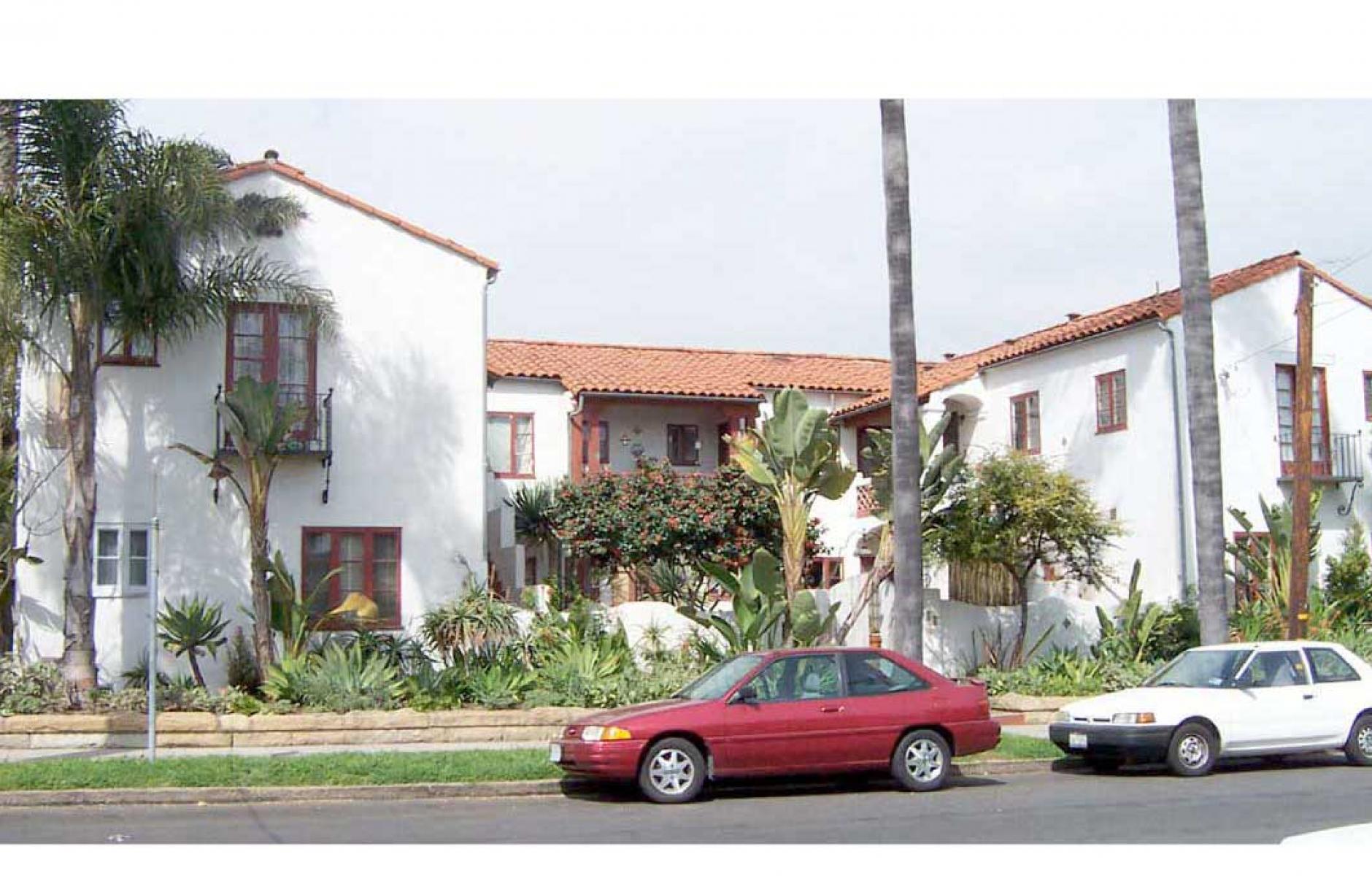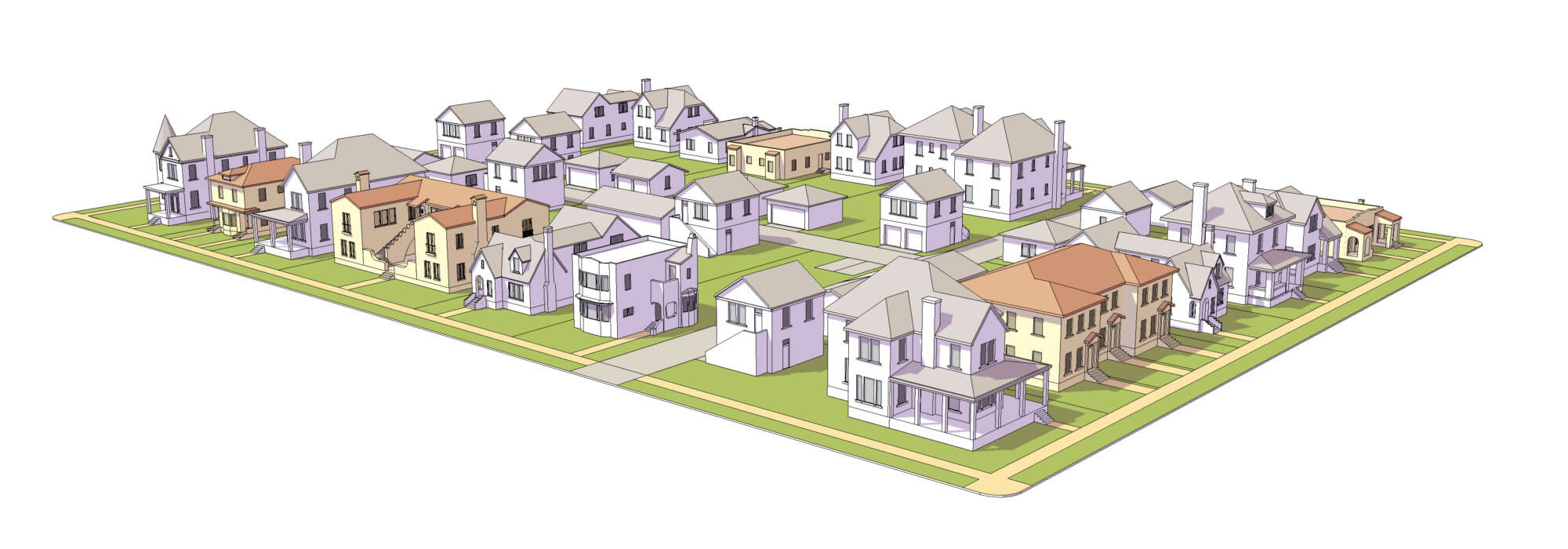
Missing middle: Why form and scale matter
Lately, we’ve noticed people using the term “Missing Middle Housing” solely in an economic sense, to refer to the lack of attainable housing for middle income households. And while Missing Middle Housing is an excellent solution for middle income households, form, scale and context are also critical attributes. So, why do these matter?
Back in 2010, we coined the term “Missing Middle Housing” (and subsequently created the accompanying diagram and website) to share housing solutions that were compatible in form and scale with detached, single-family houses that helped meet the growing demand for housing choices and walkable neighborhood living. The form and scale of these buildings—no more than two or three stories, often with setbacks on all sides—are critical features that make them compatible with walkable neighborhoods. (They’re often so compatible that people can’t tell whether they’re single-family houses or Missing Middle Housing, unless they count the mailboxes.)
Walkable neighborhood living and diverse housing choices
From millennials to baby boomers, the desire for walkable living has been growing for over a decade. Recent studies have shown as many as 1/3 of boomers and 3/4 of millenials want walkable urban living, and many of them want it at the neighborhood scale.
But neighborhoods with only detached, single-family houses can’t meet this need. They simply don’t have enough households within walking distance to make local amenities feasible, like businesses and transit, and without amenities within walking distance, these neighborhoods aren’t truly walkable.

And while mid-rise and high-rises could provide the additional households needed, many people consider those “city living” or even “dorm living” and incompatible with the neighborhood living they are looking for—low-rise buildings, with front porches or stoops, front or rear or shared yards, and generally more light, air and open space.
They also want more choices than just a detached single-family home or a large apartment building. And when you consider the diverse range of housing types in the US—unmarried millennials, couples, single-parents with children, couples with children, single-working women, empty-nesters, multi-generational families, etc.—that request seems reasonable.
Reframing the housing conversation
Through work in communities across the country, we found that we needed a way to open up the conversation about building more housing and providing more diverse housing choices. To do this, we had to stop using loaded, scary and frankly, deceptive words like “density” and “multifamily,” and reframe the conversation to talk about the form and scale of the neighborhoods and housing people want to live in and are ok allowing within their existing neighborhoods.
The Solution
Missing Middle Housing is a solution that addresses all of these: It provides more housing and more diverse housing choices in sustainable, walkable neighborhoods, and it gives communities a way to open up the conversation and build support for more housing choices in their neighborhoods. It also does so in a way that is often “affordable by design” for families ranging from 60% – 100% of AMI (average median income).
So, when you talk about Missing Middle Housing as a solution for households at a variety of income levels, including middle income households, remember that form, scale and context are a critical part of what makes Missing Middle Housing so ideal.
This article first appears on the blog for Opticos Design.





